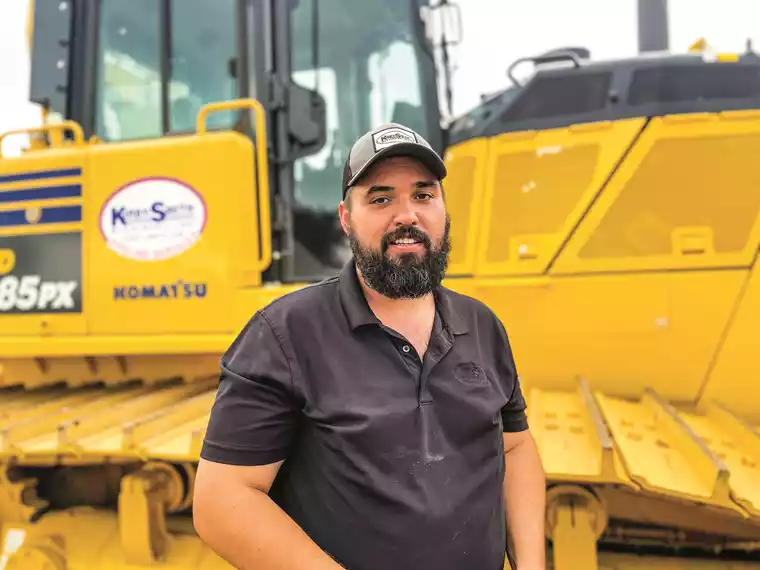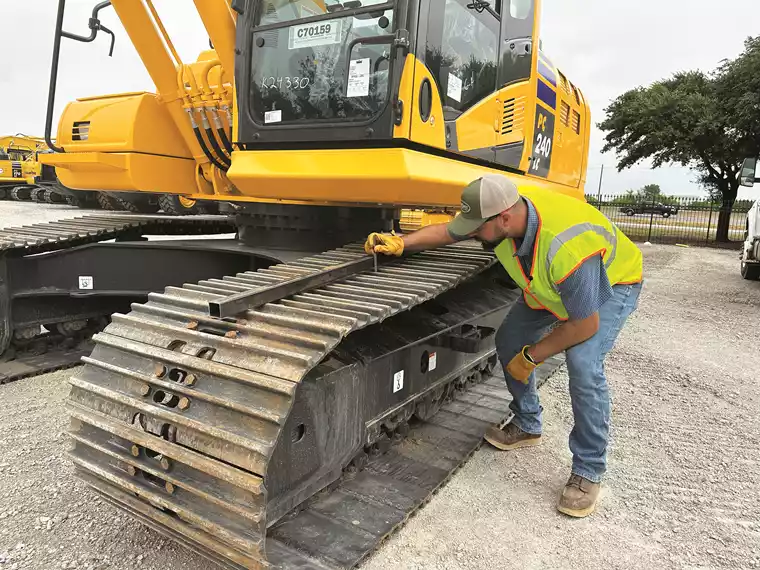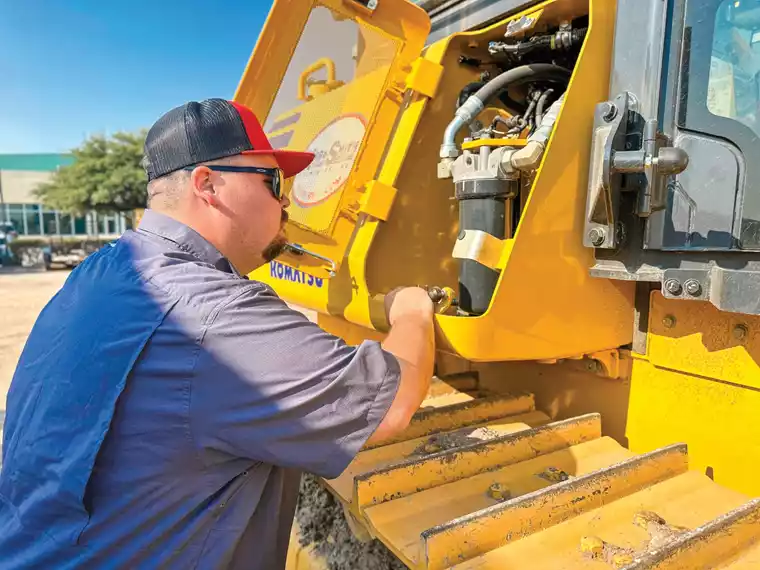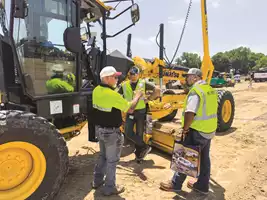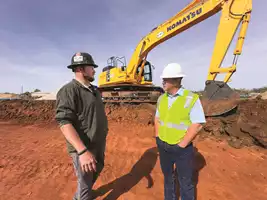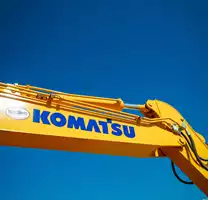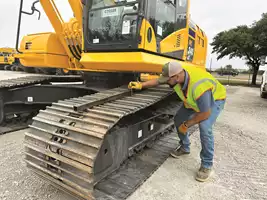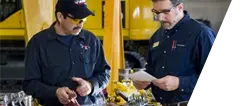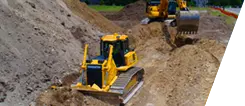Roddy Conner explains how proper inspections and maintenance can help extend the life of your dozer’s undercarriage
Dozers tend to move more than other machines on job sites because they are used during all stages of the project, from stripping to final grade. It’s no wonder that the undercarriages that propel them are one of the most important parts of the machine to properly maintain.
An undercarriage is made up of several components, including the tracks, top and bottom rollers, idlers, sprocket segments, grousers and more. It’s important to do at least daily checks of these — if not more often, depending on the conditions and materials that you are working in — according to Roddy Conner, Product Support Specialist – Waste for Kirby-Smith Machinery Inc. (KSM).
“The undercarriage is typically the most expensive maintenance item throughout the life of a dozer,” said Conner. “It’s vital to consistently check both sides to make sure all components are in working order.”
Conner said a critical item to check is track tension. Tracks that are too loose or too tight can affect performance, wear prematurely and lead to expensive repairs. According to Conner, adjusting the tension can be very different from machine to machine, so it’s best to consult your operator’s or owner’s manual, or contact KSM to see how to maintain proper tension.
“If you have done a walk-around and found nothing out of place, then you are good to operate,” stated Conner. “Once you are in the cab, there are tell-tale signs that something is wrong with the undercarriage such as vibrations and odd noises. If you notice skipping or banging coming from the undercarriage, stop immediately.”
Periodic inspection
Conner added that it’s most likely you will never have an issue with proper inspections and care. It’s important to be vigilant about track cleaning because mud and debris will affect performance, track life and proper tension readings. Conner recommends cleaning the machine as often as necessary, depending on conditions, but at least once a day. Doing so at the end of your shift should be part of your daily routine.
Conner also suggests a periodic track inspection by one of KSM’s trained product support sales representatives (PSSRs). During the inspection, they will measure all components and look for signs of premature failure.
“We can see where you’re getting your most wear,” said Conner. “We can take steps to prevent that. If you’re wearing one side more than the other, it may be an operational issue that we can sit down and talk about and try to find operational practices that will help out with undercarriage life.”
KSM recommends that you get your dozer’s undercarriage inspected by a PSSR every 500 hours — or more often if you are working in highly abrasive materials.

